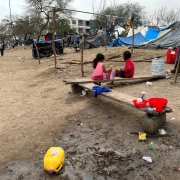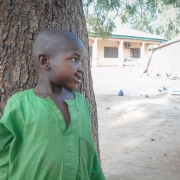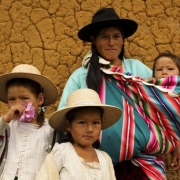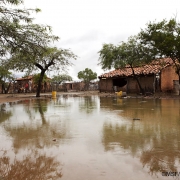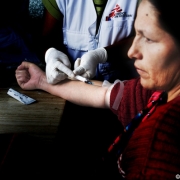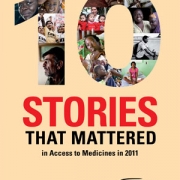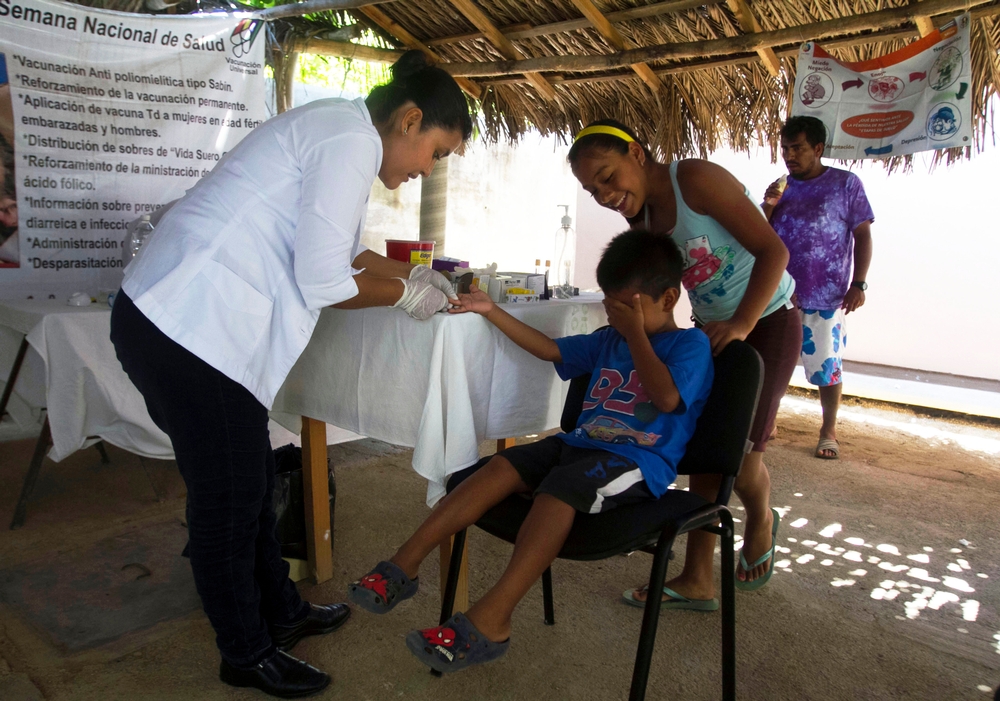
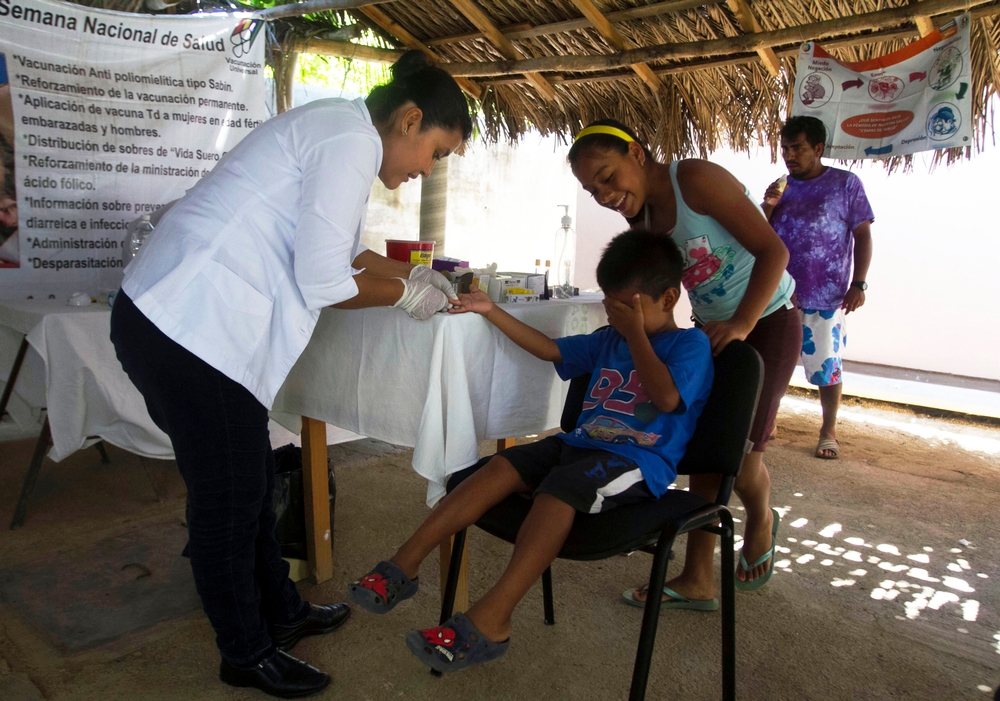
샤가스병
샤가스병은 라틴아메리카에서 발견되지만 해외 여행과 이주가 늘어남에 따라 세계 곳곳에서 더 많은 감염 사례가 보고되고 있습니다. 샤가스는 트리아토마인 노린재(triatomine bug)의 배설물에 접촉했을 때 전염되는 기생충병입니다. 이 곤충은 흙집의 벽이나 지붕의 갈라진 틈, 혹은 짚으로 지붕을 이은 집에 삽니다. 샤가스는 수혈 중에 옮을 수도 있고 임신 중에는 태아에게 옮을 수도 있습니다. 처음 급성 단계에서는 증상이 거의 나타나지 않고, 설령 증상이 있다 해도 경미한 수준입니다. 그리고 수년간 만성 단계를 거치는 동안 증상이 보이지 않습니다. 그러나 결국 감염자의 약 30%는 몸이 쇠약해지는 합병증에 걸려서 수명이 평균 10년 정도 줄어듭니다. 성인들의 경우 심부전, 부정맥, 심근병증 등의 심장 합병증이 주된 사망 요인입니다.
샤가스병을 진단하려면 혈액 샘플을 채취해 분석하는 복잡한 과정을 거쳐야 합니다. 현재 샤가스병 치료에 사용할 수 있는 의약품은 40여 년 전에 개발된 벤즈니다졸(benznidazole)·니푸티목스(nifurtimox) 2종뿐입니다. 신생아와 영아, 그리고 급성 환자들은 치료율이 거의 100%에 달하지만, 감염 시점과 치료 시작 시점이 벌어질수록 치료율은 감소합니다.
현재 사용되는 치료 요법은 독성이 있는 경우도 있고 완치까지 2개월이 넘게 걸릴 수도 있습니다. 보다 안전하고 효과적인 의약품이 필요하다는 것이 분명함에도 불구하고 현재 개발되고 있는 신약은 거의 없습니다.
2016년, 국경없는의사회는 샤가스병 환자 445명을 치료했습니다.
Chagas disease
Chagas disease is found in Latin America, although increased global travel and migration have led to more cases being reported globally. Chagas is a parasitic disease transmitted by contact with the faeces or urine of triatomine bugs, which live in cracks in the walls and roofs of mud and straw housing. It can also be transmitted through blood transfusions or to the foetus during pregnancy. Symptoms are rare in the first, acute stage of the disease and, if they do appear, they are mild. The chronic stage is asymptomatic for years. Ultimately, however, debilitating complications develop in approximately 30 per cent of people infected, shortening life expectancy by an average of 10 years. Heart complications such as heart failure, arrhythmia and cardiomyopathy are the most common cause of death for adults.
Diagnosis is complicated, requiring laboratory analysis of blood samples. There are currently only two medicines available to treat the disease: benznidazole and nifurtimox, which were both developed over 40 years ago. The cure rate is almost 100 per cent in newborns and infants and in acute cases, but as the gap between the date of infection and the beginning of treatment increases, the cure rate declines.
The treatment currently used is often toxic and can take longer than two months to complete. Despite the clear need for safer, more effective medication, there are few new drugs in development.
MSF treated 445 people for Chagas disease in 2016.
